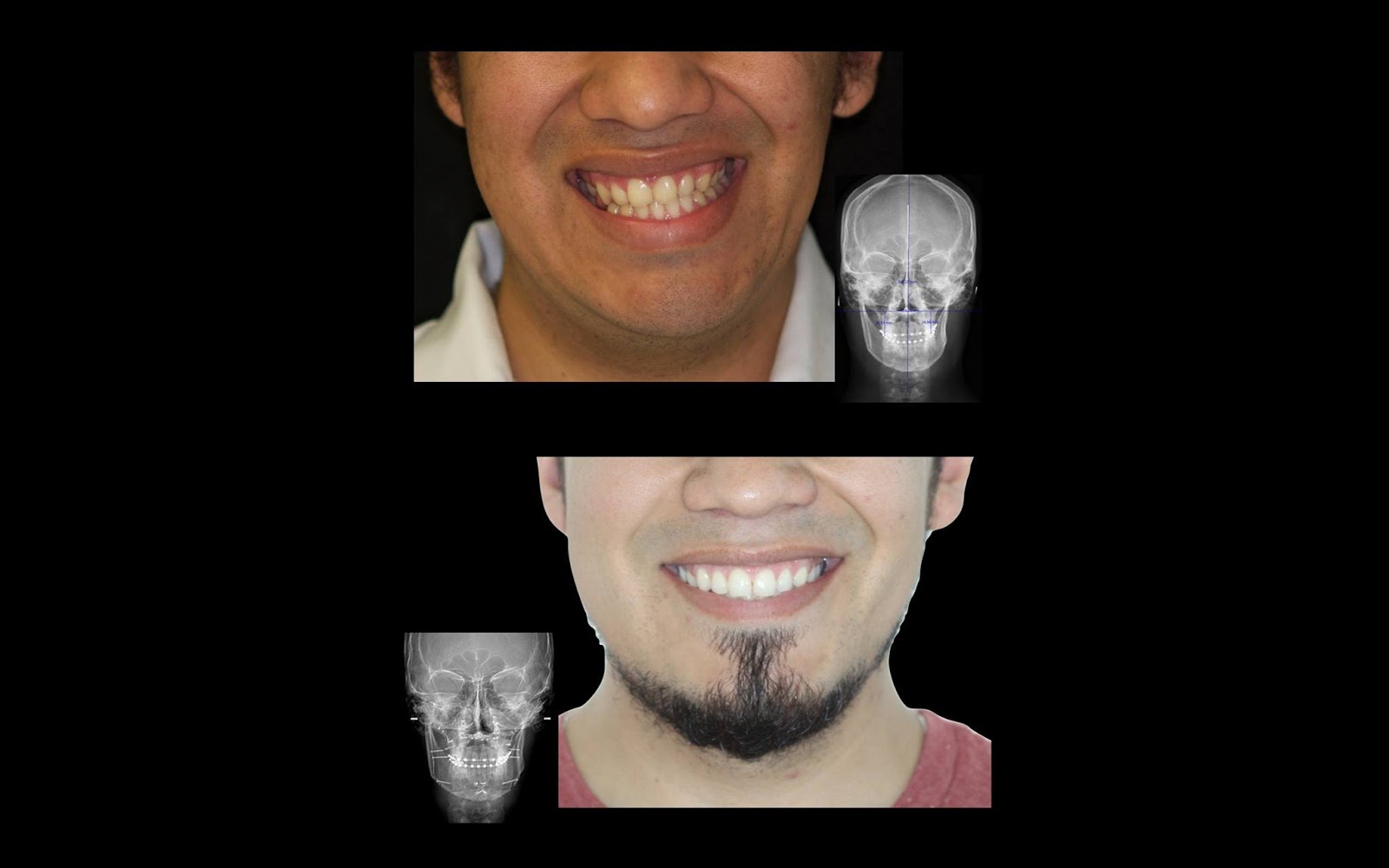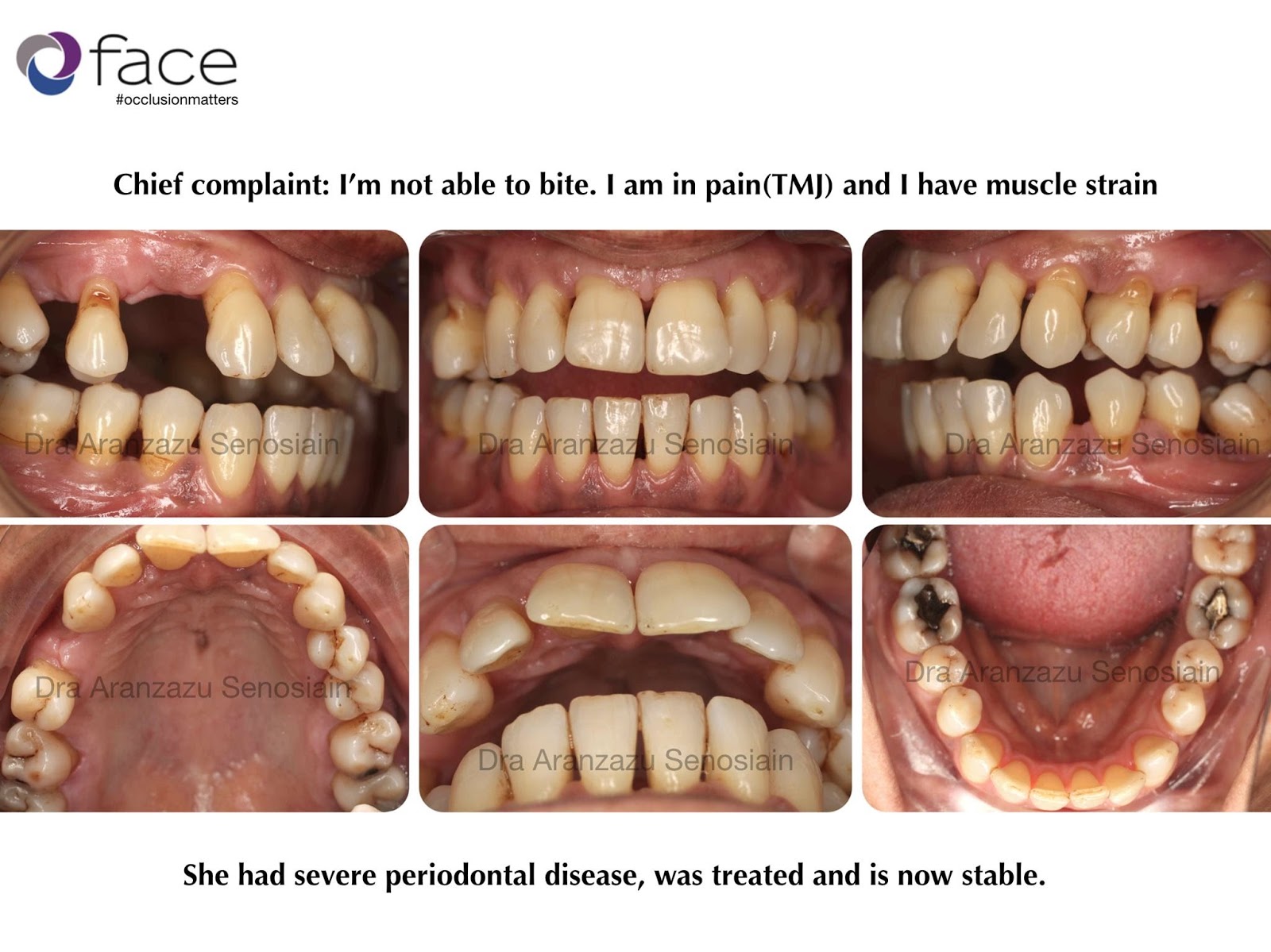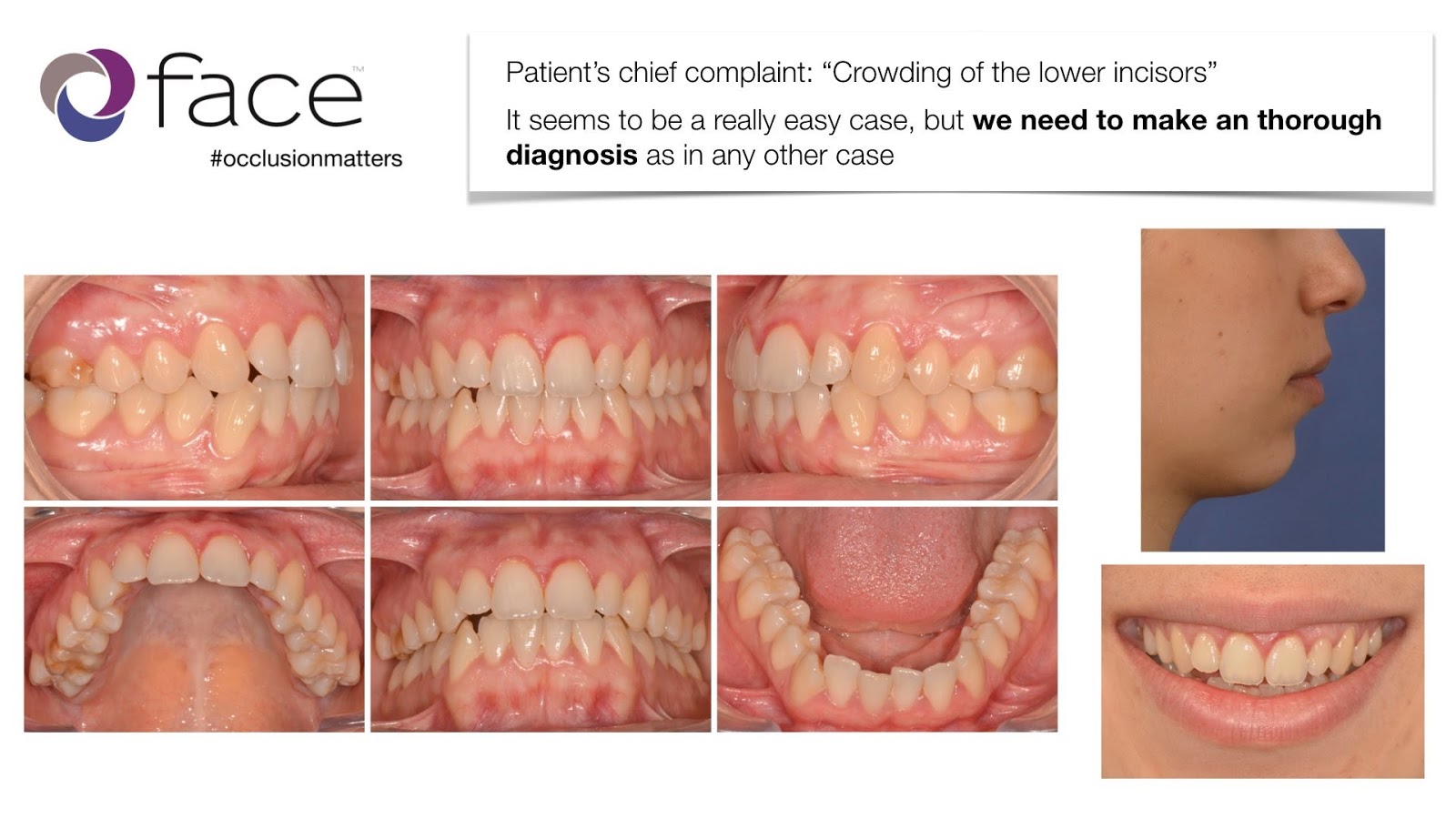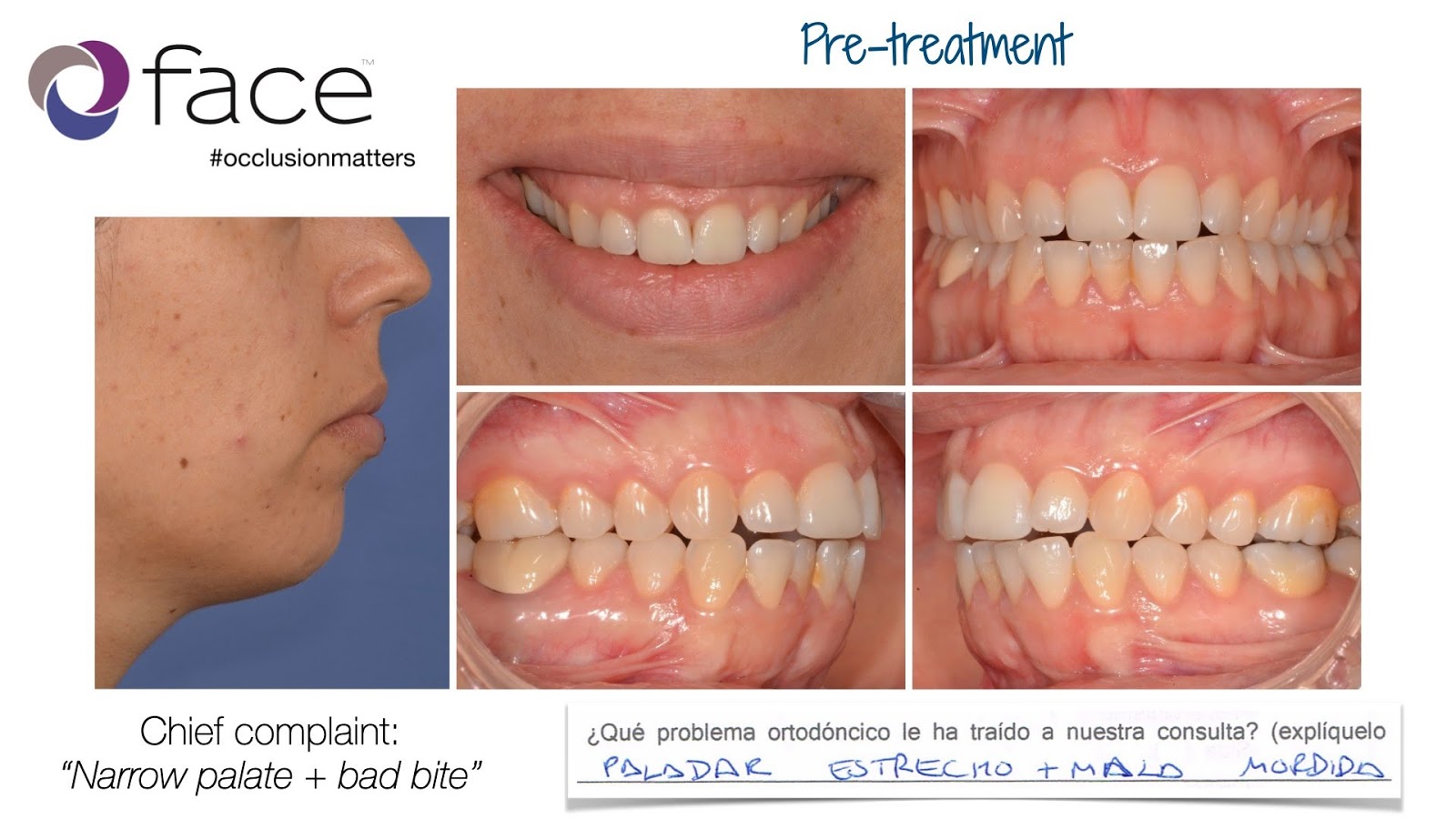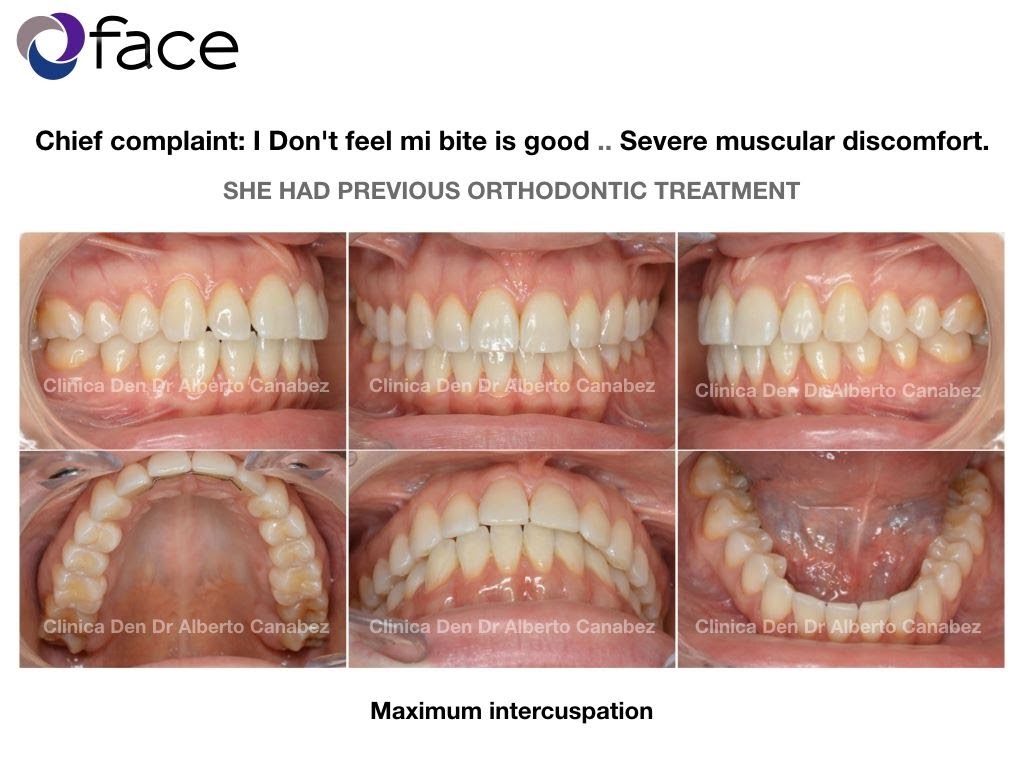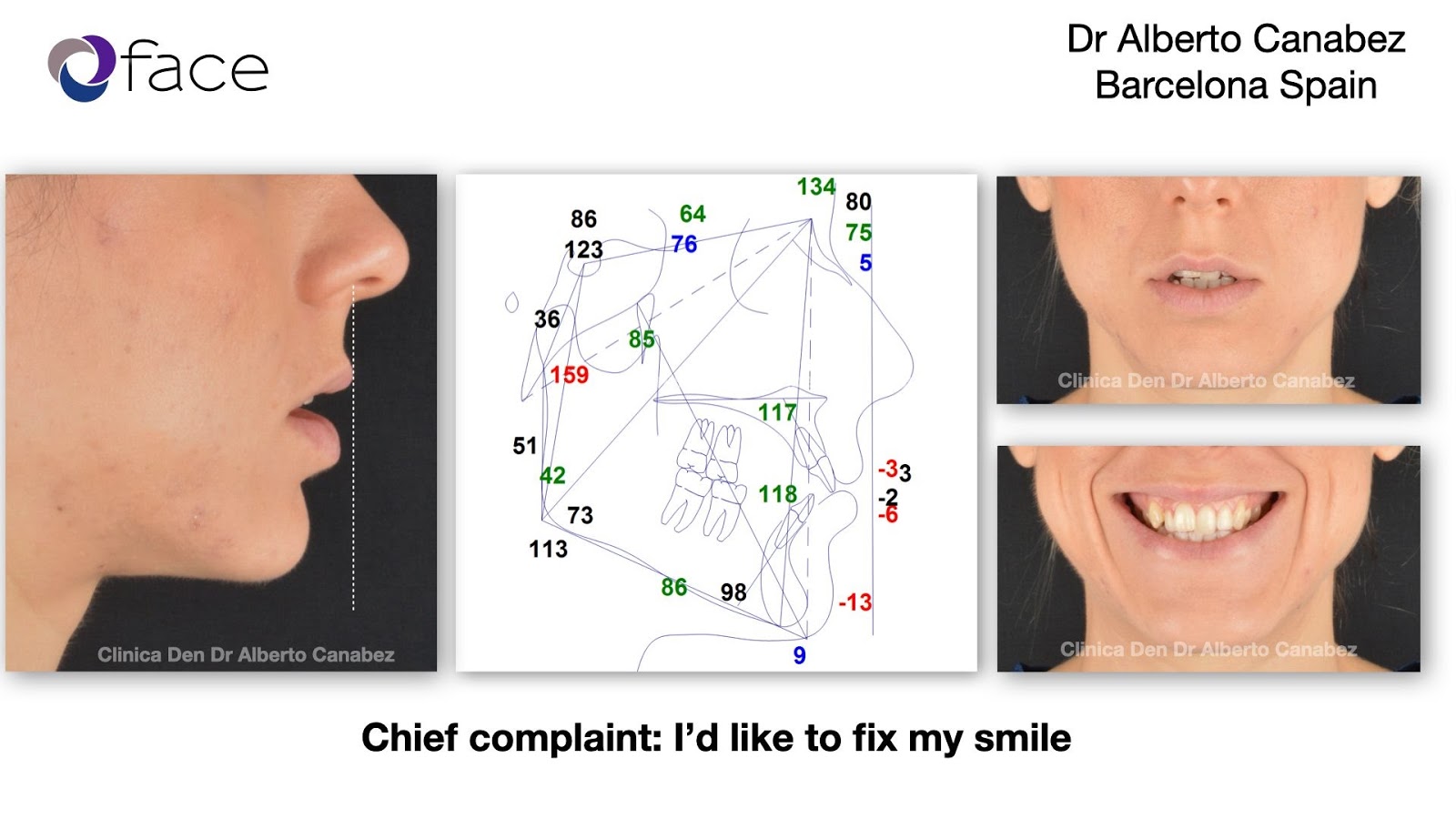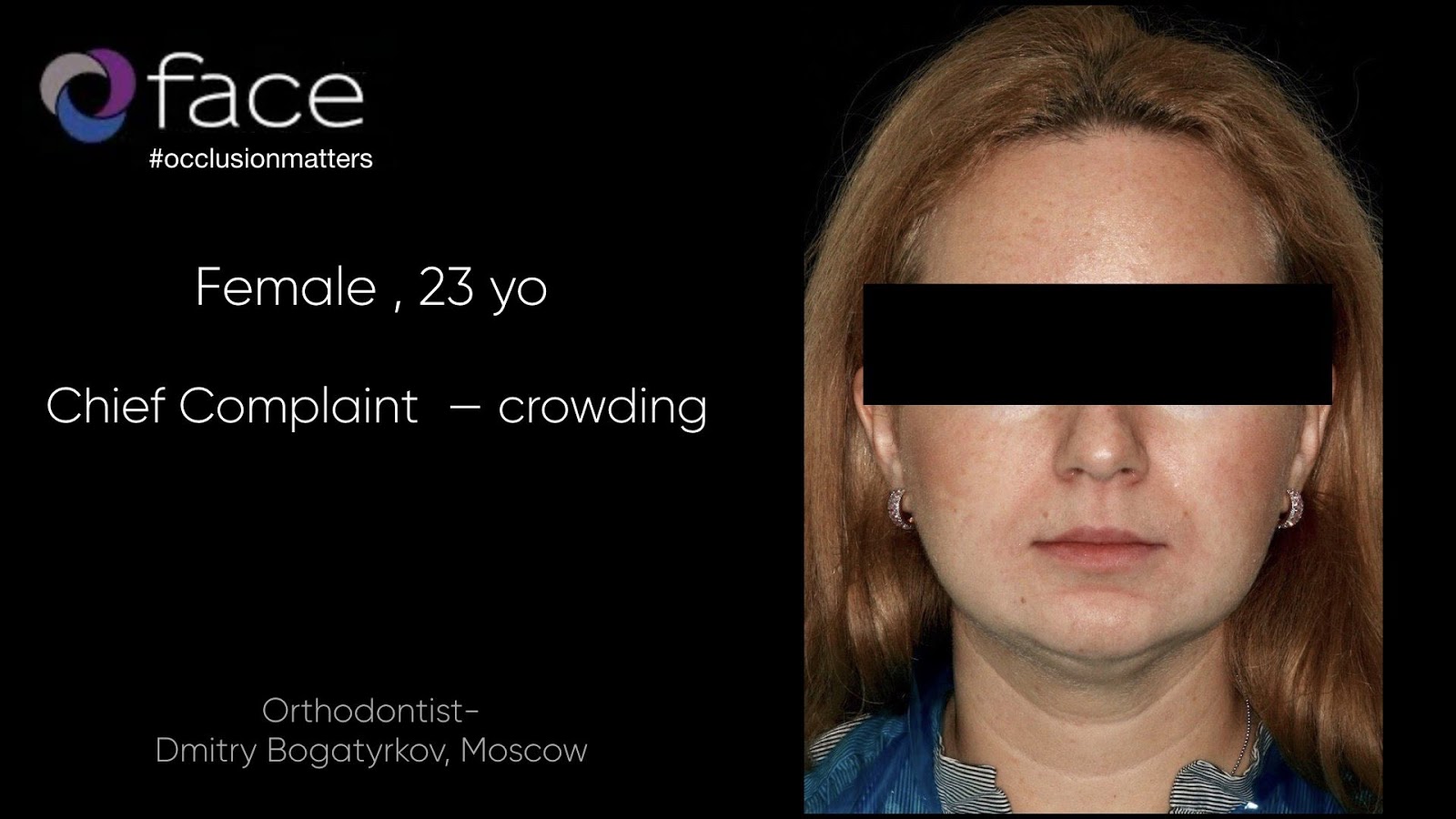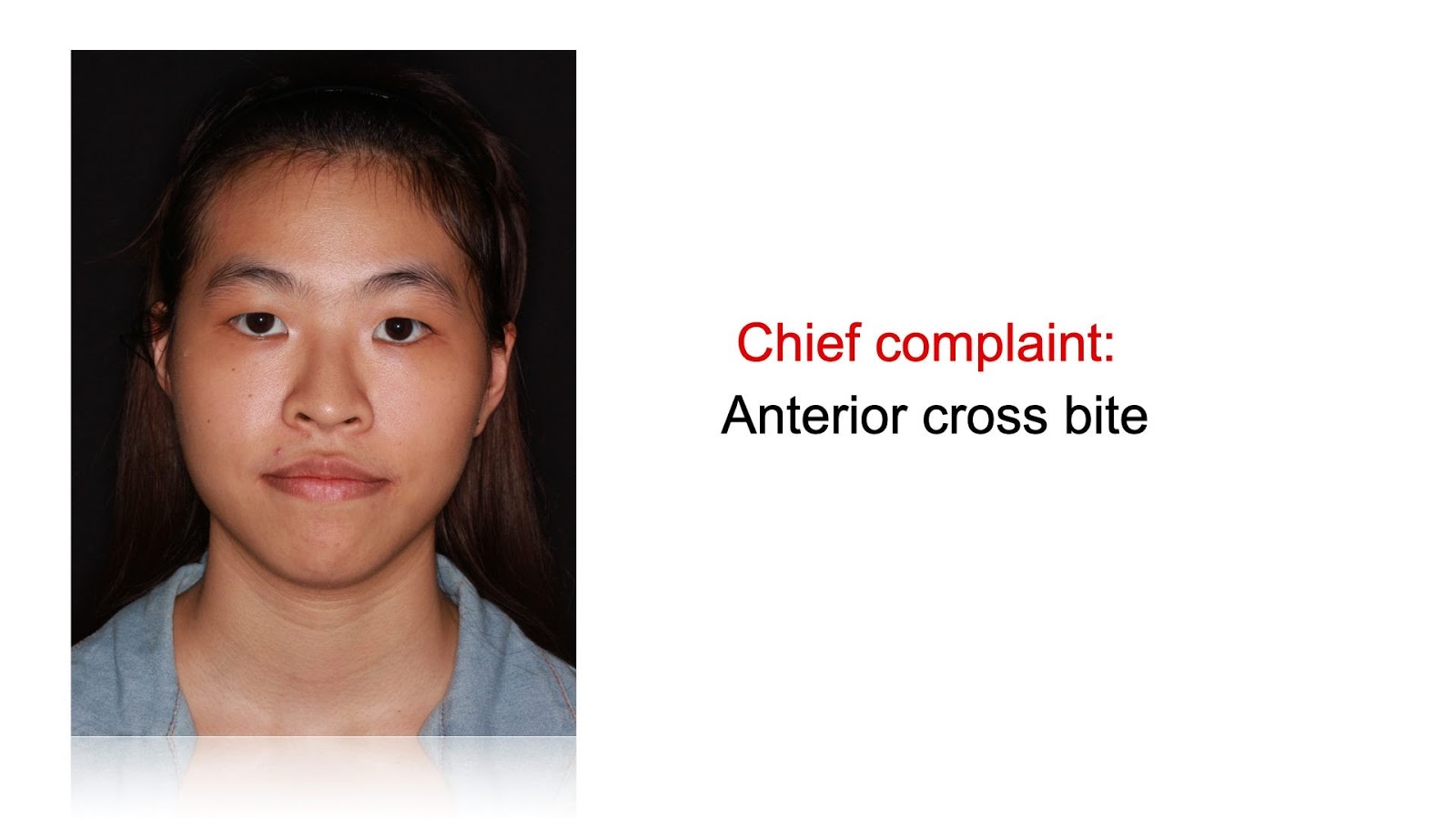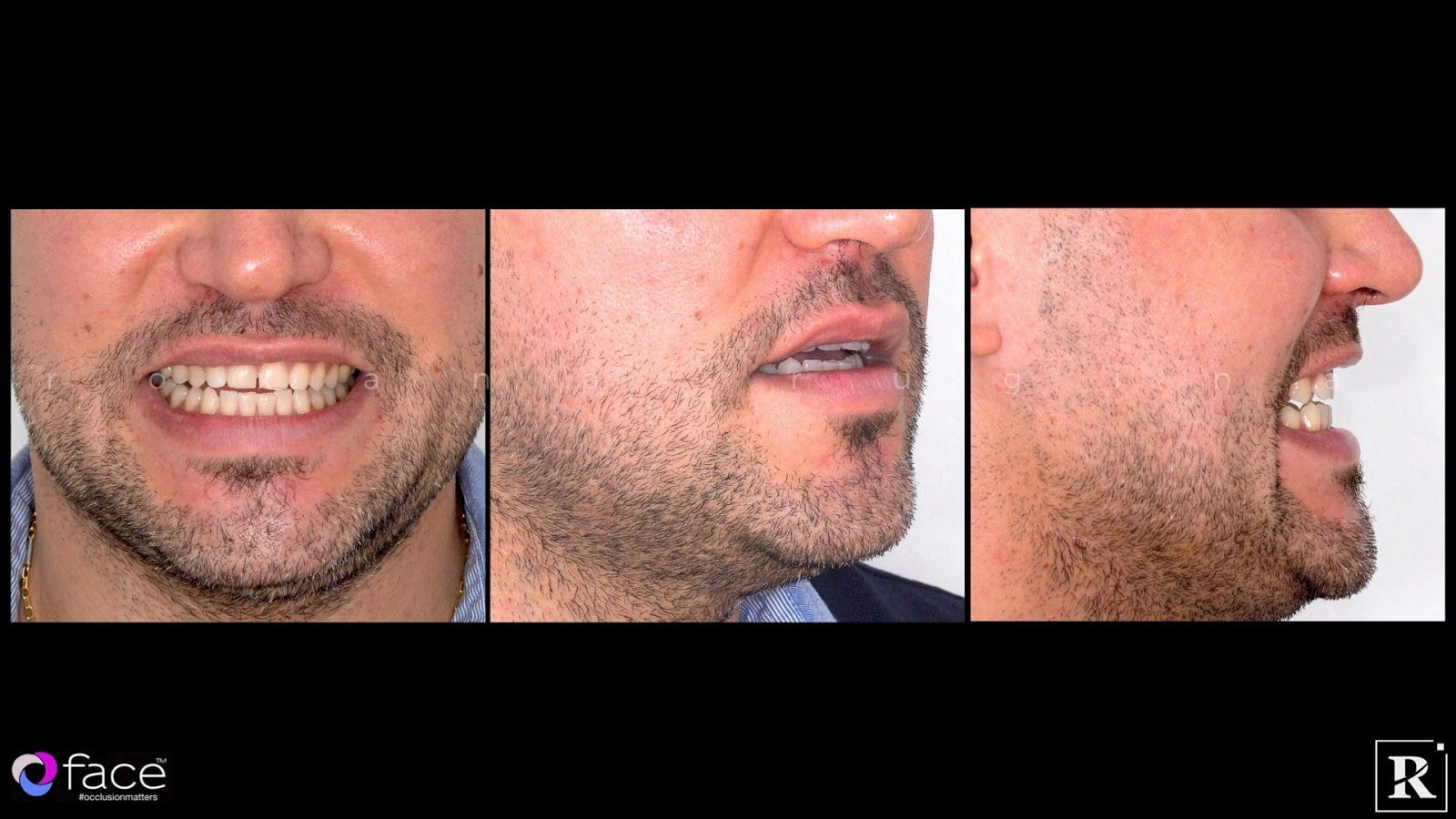Active condyle Hiperplasia
Asiia Lisitsyna 30.3.20
Dear Colleages, hope all of you are fine in this not easy period in everybody’s life. I’m happy to have the opportunity to share with you my case. This one is about perfect occlusion, which can cause symptoms of TMD. What means – only perfect occlusion as a goal is not enough. #occlusionmatters
Arantxa Senosiain 20.4.20
THIS CASE WAS TREATED BY DR. ARANTXA SENOSIAIN FROM MADRID, SPAIN.
This is a 42yr old female with severe TMJ pain, muscle pain and according to her she «does not know where and how to bite «She was sent to me after periodontal treatment, and we decided to start treatment by doing a thorough diagnosis
Domingo Martín
Dear Colleagues,
I want to share with you this case, because it shows the great importance of function (orthopedic stability) as a treatment goal, and the importance of making a thorough diagnosis in order to avoid surprises! #occlusionmatters
Domingo Martín
In most of the skeletal Class II´s, we usually find dental compensations (such as the protrusion of lower incisors). But besides, we also often find an unstable mandibular position (a muscle position) in order to obtain greater number of dental contacts. These two factors (the dental compensations and the mandible “out of the fossae”) hide the real amount of skeletal problem and/or malocclusion.
This is why in an orthognatic surgery case, it is crucial to eliminate the dental compensations with the pre-surgical orthodontic treatment, but also to achieve a musculo-skeletally stable position of the mandible with the use of a splint (full-time use).
In the FACE philosophy this is one of the principal goals of all our treatments: placing the condyles in an orthopedically stable position. This is the key to stability (so important in surgical cases).
Alberto Canabez 26.3.20
Orthodontics is not only about esthetics
Hello dear colleagues. Today I’m presenting this case of a patient who was treated with typical dental orthodontic goals. Totally ignoring condyle position and the importance of orthopedic stability. During her previous treatment, she developed signs and symptoms of joint instability and asked her former orthodontist about this. He said it had no relationship to her teeth. She decided to look for a second opinion and eventually came to our clinic. After a thorough and complete diagnosis(a FACE habit) we knew it had a direct relationship with her orthopedic instability. We initiated a second orthodontic treatment applying the FACE treatment goals. We achieved a stable functional occlusion, an asymptomatic patient and stability.
Alberto Canabez 10.4.20
Hello dear friends, today l’m presenting a case treated with skeletal anchorage and corticotomies. The innovative procedure was applied to correct the transverse, the vertical, and the sagittal aspects of the problem. The treatment mechanics avoided intermaxillary elastics to minimize the vertical extrusion component. The corticotomies were performed on the maxillary left quadrant to expand only that side with the help of an active TPA.
Dmitry Bogatyrkov 11.5.20
Hai Bai Jun 7.5.20
I am Hai Bai Jun (白海军) or Henry (which is my western name) an orthodontist from China and am proud to say that I took the FACE courses with Dr Domingo and Dr Alberto.It has been an amazing journey and it completely changed my way of looking and doing orthodontics.I am for ever grateful to my teachers.I am presenting an Interdisciplinary Case with a typical skeletal pattern seen in China and with agenesis of 14,15,23,24,25,35. The case was treated with extractions of deciduous teeth and then we prepared the case for implants.At the end you will see the improvements of all the FACE goals thanks to the orthodontic-prosthodontic approach..
Roxana Rugina 29.4.20
Not a complicated case, but one that brought big satifsaction to the patient and to the interdisciplinary team. His chief complaint was the tooth wear on the front teeth. He did not have any TMJ or muscle issues, easy to guide with a CR-CO shift. After the orthodontic treatment, Alex Rugina
restored the worn upper incisors and canines with composite in order to have proper guidance. The treatment objectives of orthopedic stability, a functional and esthetic occlusion, long term stability and patient satisfaction were achieved treating the problem right from the beginning.


